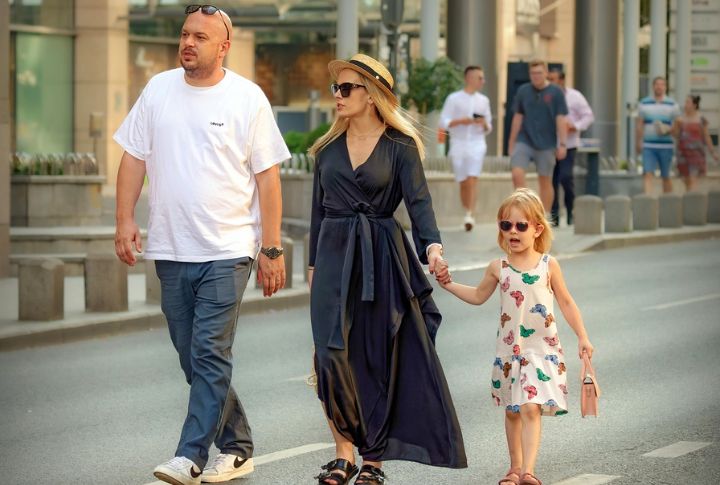
What will tomorrow’s families look like? If current patterns hold, they’ll be smaller, leaner, and more intentional. Parents are rethinking what it means to raise children in today’s world, and the choice to stop at one is gaining traction. Here’s why the “one kid” trend is shaping the future of family life.
Rising Cost Of Raising A Second Child
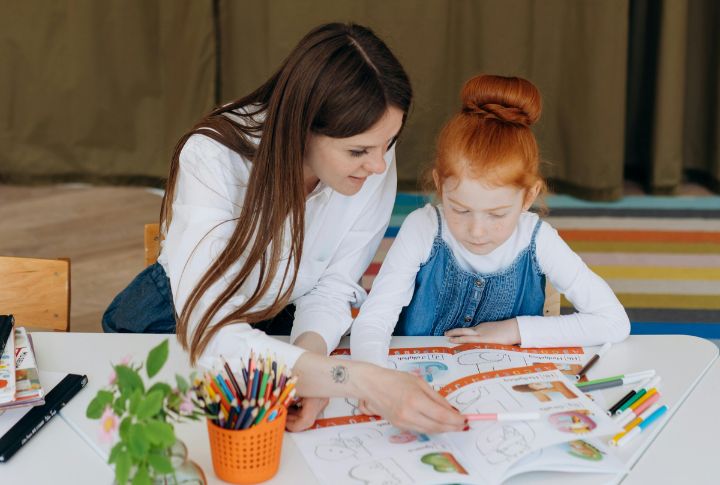
Child-rearing costs have risen far faster than wages, which forces families to reconsider having more children. As per a 2021 Pew Research Center survey, 44% of non-parents of childbearing age said they’re unlikely to have kids, due to financial strain, which helps explain why one-child households have doubled since 1976.
Delayed Parenthood And Shrinking Fertility Window
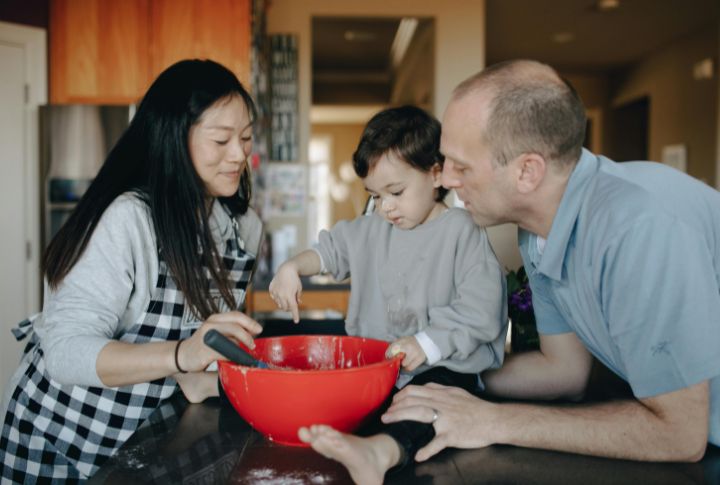
With global fertility rates dropping to 2.3 births per woman and over half of countries below replacement levels (Our World in Data), the U.S. faces an even starker reality at just 1.62 (CDC). Delayed parenthood often means costly fertility treatments, reduced success rates, and emotional strain.
Career Priorities And Professional Opportunity Costs

As women entered the workforce and gained access to birth control, the traditional ideal of three or four kids began to shift. Today, career priorities tip the scale. Professional opportunity costs have pushed family-size preferences down steadily, from 2.3 kids in 2012 to just 1.8 in recent years, as per Pew Research.
Mental Health, Postpartum Effects, And Parental Burnout
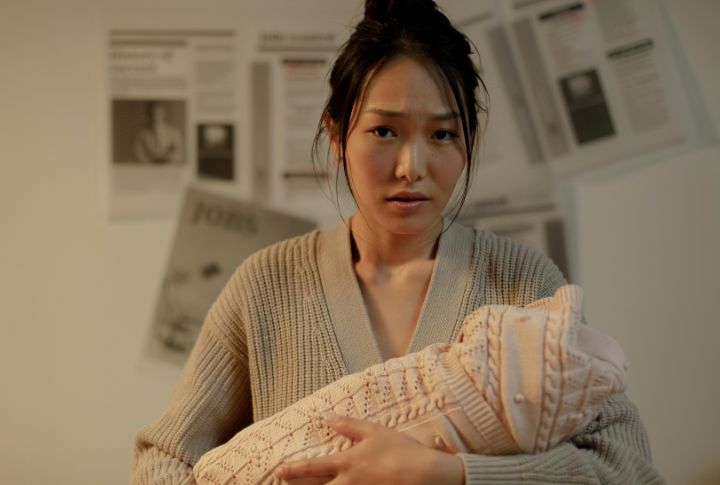
Yet beyond money and careers lies a quieter struggle. Public conversations often highlight economic pressures, but parents themselves frequently cite something more personal: mental health. Postpartum depression, anxiety, and sheer burnout weigh heavily.
Lack Of Affordable, Reliable Childcare
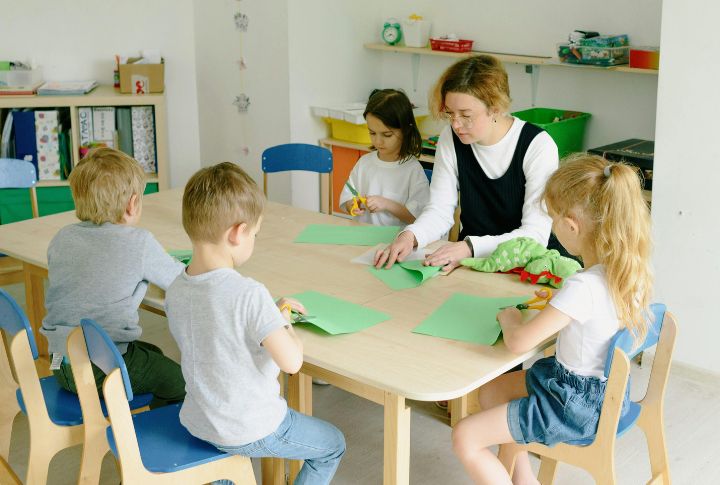
Unlike other developed nations, the U.S. lags badly in subsidies, leaving families scrambling for limited preschool spots. When they do secure care, the price tag often rivals a monthly mortgage. This systemic gap is reshaping demographics, which pushes more parents to stop at one child.
Urban Housing Constraints And Space Limitations
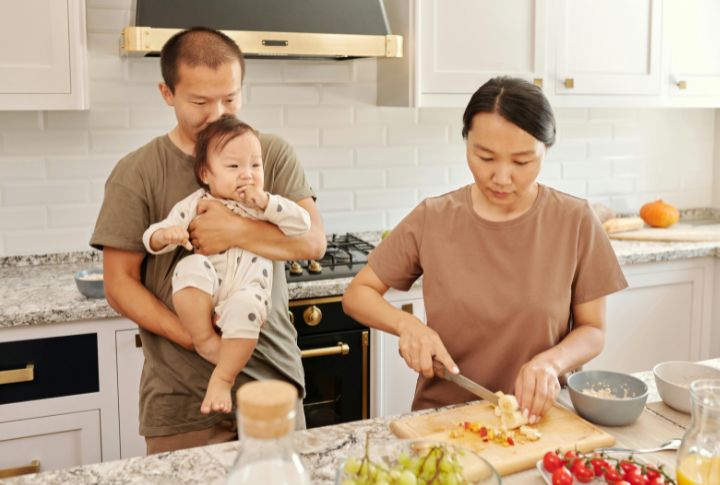
Housing adds yet another layer. In expensive cities, where rents soar and square footage is scarce, the thought of a larger family feels out of reach. Instead of moving to the suburbs, many urban parents adapt by sticking with one child, which further makes smaller families the new norm in high-cost metropolitan areas.
Changing Cultural Norms And Reduced Stigma

The good news? Having only one child no longer carries the same stigma it once did. While two kids are still the most common family model in America, one-child households are the fastest-growing group. In fact, they’ve doubled from 11% in 1978 to 22% by 2015, which is proof that cultural attitudes are shifting, as per Pew Research.
Climate Anxiety And Environmental Concerns
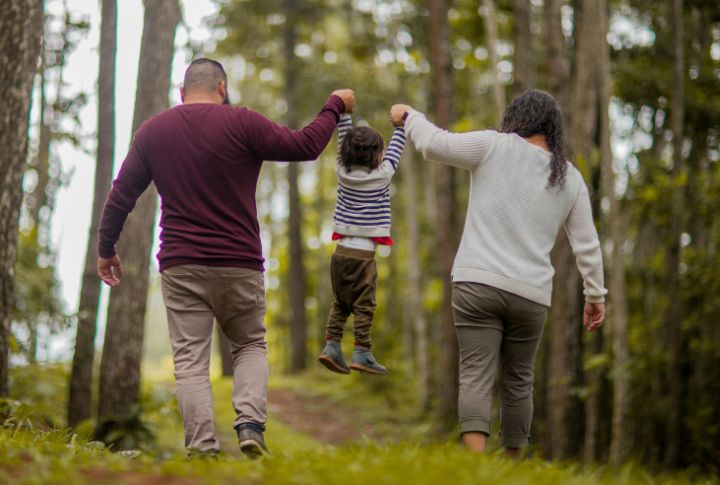
Many Millennial and Gen Z parents openly admit that environmental concerns influence their family planning. Reducing carbon footprints and managing climate anxiety have become part of the calculus, with some parents deciding one child is the most responsible choice for the planet’s future.
Investing More In One Child’s Enrichment

Here’s another perspective: having one child allows parents to pour resources into enrichment. Gone is the old stereotype that only children grow up lonely or selfish. Instead, families see the “one and done” path as a chance to maximize opportunities.
Weak Family-Support Policy Infrastructure
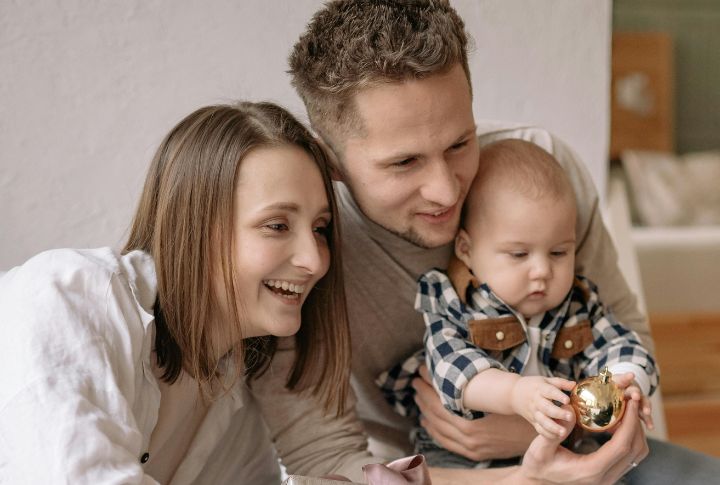
The U.S. stands nearly alone among developed nations with no guaranteed paid parental leave and minimal childcare subsidies. This weak infrastructure all but boxes families in, making additional children an unrealistic option for many households. Policy gaps are a major driver of the one-child trend.

